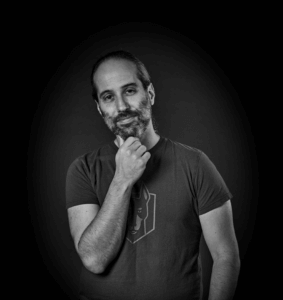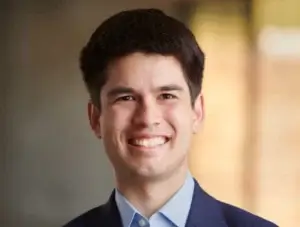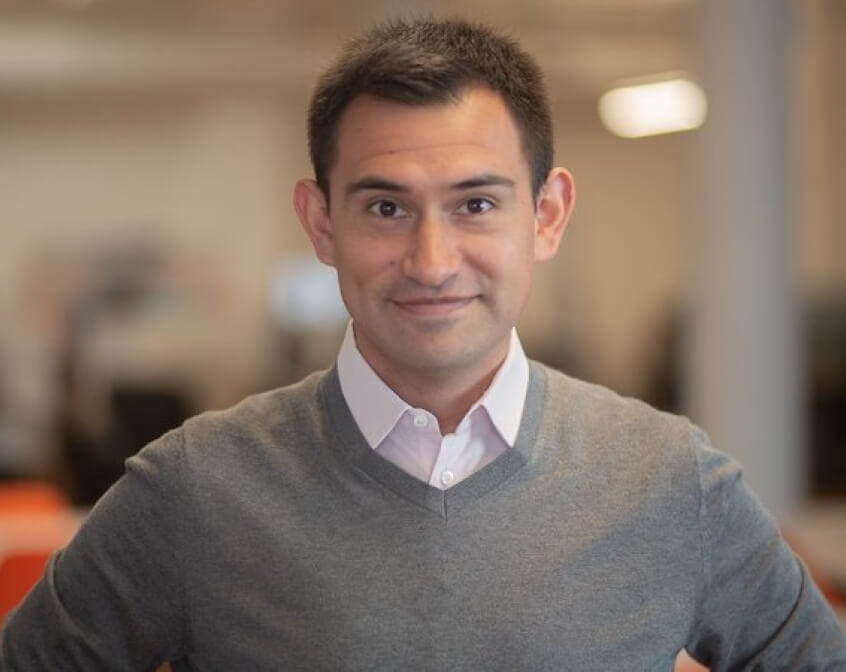“Satisfaction comes out of struggle” was one of many thought-provoking ideas expressed by Guy Podjarny at the Crew Capital & Boldstart Ventures portfolio offsite last month. Together, with over 60 founders from across the world, we had the opportunity to connect and learn from each other’s experiences while hanging out in sunny Miami.
The event was no ordinary tech conference with one-sided seminars and networking sessions, but rather a full day of interactive sessions led by founders talking about some of the most thorny issues they encounter amidst building their companies. A lot of ground was covered, diving into topics such as zero-to-one sales, monetizing open source projects, effective marketing strategies for acquiring your first customers, and when to sell your company.
To kick off the event, we hosted a 1-1 conversation between Ed Sim of Boldstart Ventures and Guy Podjarny, the founder of Snyk. Snyk is a leader in developer security – at over $7B, it is one of the most highly-valued privately-held software companies in the world. During the discussion, Guy touched on grinding it out to find product-market fit, bringing in Peter McKay as an outside CEO, AI’s future impact on businesses, and hiring superior technical talent and scaling teams.
Snyk’s early days and finding product-market-fit
To open the discussion, Guy talked about the early days after he founded Snyk in 2015. In 2016/2017, the company was seeing healthy adoption among developers, but the adoption wasn’t as great as Guy knew it could be. Meanwhile, monetization was early with 6-figures of annualized revenue.
Guy was getting interest from VCs about potentially doing a Series A, so he flew out to San Francisco to meet with many esteemed and established investors. All of them passed, except for one. Guy decided the deal on offer wasn’t right for the company, and instead went back to his existing investors and Boldstart to do an inside round.
That decision, nearly three years into the company’s history, ended up being the right one. After years of persistence, traction began picking up. Metrics inflected, and by year-end, Accel came in to do a Series A.
When asked about the journey of getting from $100K to $1M in revenue, and lessons for founders, Guy encouraged founders to understand the buyer’s persona as best as possible. Is the sales motion product-led, or sales-led? Is the end-user the buyer, or is a manager the buyer? Find the buyer, and identify their pain.
In Snyk’s case, their users were developers, but often the buyer was on the security team. Getting user/developer adoption wasn’t enough to monetize the product. Guy would need to reach out to security teams, find creative ways to get in front of them, assess their pain, and ensure he properly messaged how Snyk was able to solve their security-centric problems.
As Guy put it, “The most common problem that founders face at this point is that they come to the discussion with potential customers from their technical perspective. But customers do not care about their product. Customers care about their problem and whether you can solve it or not. From there, it’s just execution. Constantly talk to customers.”
Finding balance as a CEO between detail-oriented management and delegation
When another founder asked Guy, how do you manage to delegate tasks effectively as a CEO, Guy responded with “Try to work yourself out of a job.”
Guy gave the example of a CEO taking a vacation to see how things get done when they aren’t running things day-to-day. This can be a helpful framework for seeing where operations continue to run smoothly, versus bottlenecks getting created that need the CEO’s attention.
Another helpful framework Guy provided was “the difference between an executive and a functional leader.” He explains that functional leaders, such as a head of sales or head of engineering, have a particular function they oversee, with a bunch of direct reports within that function reporting to them. An executive, on the other hand, works across functions. They need to have eyes looking in every direction – sideways (working with peers), down (seeing how different levels of teams are working), and forward (ensuring everyone is moving in the same direction to get the company where it needs to go).
Deciding to step down from CEO
For many founders, stepping down from CEO can be a painful, almost unthinkable decision. If a founder gets to the point that they grow their company to employ many people, serve many customers, and have a growing business, then it may seem unnecessary or even unreasonable to step down. For Guy, it was indeed a challenging decision, but the circumstances were right.
Peter McKay first joined Snyk as an independent board director. Guy noted, “Peter was really complementary because we think totally differently. That is where independent board directors can be super helpful.” Guy talked about Peter’s focus on sales as being complementary to his focus on product, and the appreciation he had for how Peter would help him think through challenging operational problems.
At the time when Guy began thinking about asking Peter to replace him as CEO, Snyk was doing really well and had grown in short order from 20 employees to 80. At the same time, however, changes were taking place in the market for developer security. This category, which Snyk had helped pioneer as part of the “shift left” movement to empower developers to own more of their own application security, began to increase in competition. GitHub released Dependabot, a competing tool to Snyk, and had a distribution advantage with GitHub’s reach and Microsoft’s enterprise chops.
As Guy considered the changing market landscape, he also thought about his own personal future. “I didn’t know if I saw myself as a big, public company CEO”, as he put it.
“I began to think, what was the most valuable thing I could bring to the company? It was my product vision and ability to see around corners.” Guy went on to explain that his role as the founding product visionary archetype was complementary to Peter’s role and value in terms of running the business, enterprise sales, etc.
“Ultimately as the founder you are committed to the company’s success. If you do your job well as CEO, then you have the right to do it. But just because something is good, doesn’t mean it can’t be made better.”
Recognizing that his ideal future for himself wasn’t necessarily aligned with the reality that comes with being the CEO of a big public company, in tandem with recognizing his product-focused skill set was not necessarily what would take the company to the next level, were ultimately two challenging realizations for Guy that took him a long time to come to. However, he explained that he is proud to have made that decision at the right time, with how amazingly well Snyk has grown under the leadership of Peter McKay.
On the future of AI, and its impact on software and in business
Guy highlighted a framework that he uses to think about how AI will impact different parts of business operations in the future. Imagine a four-quadrant chart, with two dimensions – one around severity of change and the other around degree of trust.
For example, entry-level sales tasks such as cold calling and cold emailing are some of the most commonly discussed tasks that have the potential to be automated by AI. Replacing human labor with AI in these use cases does not require a high degree of trust in the AI, nor will it be a huge change from how existing human processes are done. Contrasting that with more complex human tasks such as closing a company’s books at the end of a quarter, would require a lot of change in how the process is managed, as well as an extremely high degree of trust. Right now, automating these business processes is not possible.
According to this framework, Guy sees the most likely near-term replacements of human labor by AI in areas that require low trust and do not require much change, and over time moving into high trust and high change. Ultimately, Guy believes, as do we, that AI represents an opportunity to rethink and reinvent how various business processes get done.
Referring back to Snyk, and how AI will impact the company specifically, Guy explained that in order for AI to learn, it requires data. Code is data, and Snyk’s product is built around code. The question is where can people take a problem, and look at data about the problem, which can be fed to an AI to help create a solution to that problem.
“We can discuss scenarios like doing competitive analysis on a sales team, identifying reference customers at a competitor. This is knowledge work that AI can be trained to do, resulting in significant productivity for people.”
The bigger opportunity, according to Guy, is moving beyond just things that humans do, but rather things that humans wish they could do, but can’t due to lack of resources or capacity. Or as Guy put it, “What if you had an infinite number of humans to do a task for you,” is the grander opportunity that AI represents in business.
How to source technical talent, set up engineering teams, and scale product
“The key to sourcing is persistence,” Guy explained when asked about how Snyk was able to source and keep so many talented engineers.
Guy went deeper in discussing the challenges of recruiting top-tier talent at an early-stage startup. “At Snyk, we had many examples of courting potential hires for months. As a founder, you have to put yourself in their shoes. You are asking them to make a big bet on you.”
According to Guy, founders need to make sure they are relentless in the pursuit of excellence for early hires. “Your original team establishes the organization’s culture, and sets the precedent for what is ‘good’ and what is ‘bad’ in terms of quality and output.”
Prioritization is a key factor that founders should consider, in terms of determining which hires matter most in the early days of building their company. “Most people will tell you no, so you need to persist through that. Think about what you want to prioritize. At Snyk, my first hire was a UX person. Think about what the role is that you need to bring in the most.”
Once you have the team lined up, the considerations of where to staff them, and remote vs in-person vs hybrid begin to arise. “The trade-off around remote work is access to talent, but you give up proximity. Proximity matters, because offices are centers of culture. I like to have these, and there is an efficiency in recruiting when you have a presence in a particular geography.”
Guy noted that despite his view of the importance of offices, flexibility around remote working was a key part of Snyk’s workplace policy. “When being remote-friendly, hybrid work needs to be embraced early on.”
One notable part of Snyk’s policy on the geolocation of teams was that Guy implemented a practice of dividing teams across geographies. “With opening up different offices around the world, we wanted to make sure there was never an ‘us-versus-them’ mentality. No team is co-located in one particular location for this reason. It also helps with productivity though, because you can have people working across time zones.”
Related Articles

From Early Vision to Software Giant: Lavinia Cojocaru’s Journey to Building a Generational Technology Business
Lavinia Cojocaru knows what it's like to build a successful startup from the ground up: As co-founder and lead software…
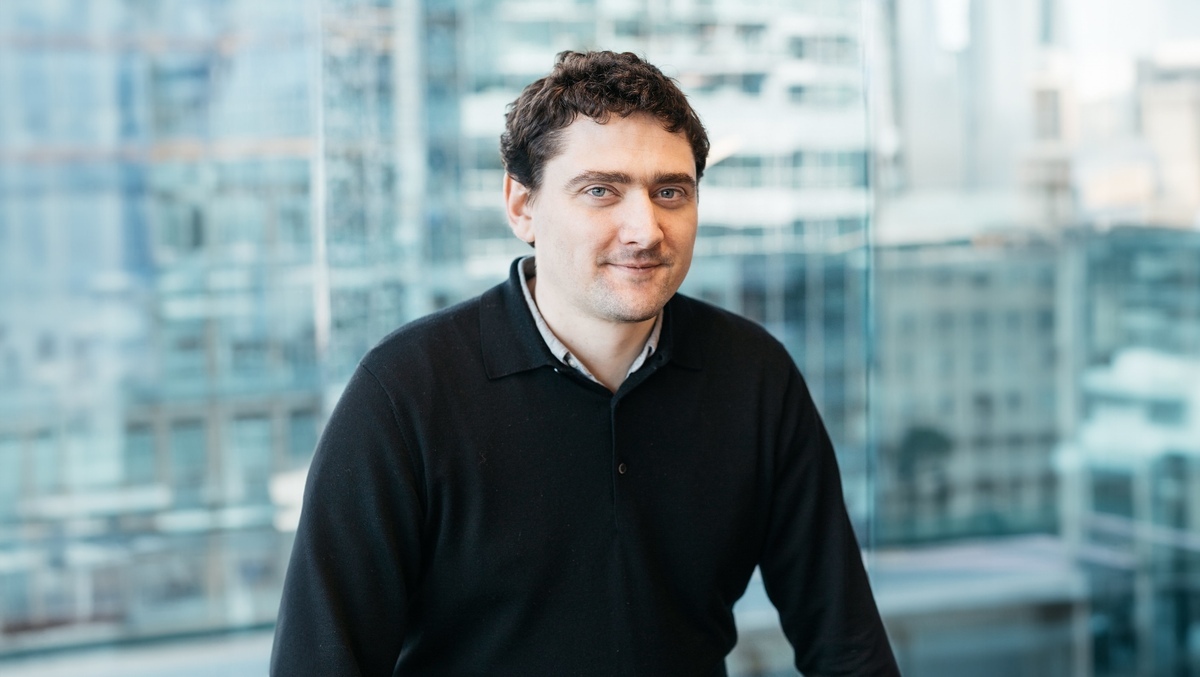
Building Smarter with AI: A Roundtable with UiPath’s Ed Challis
Ed Challis, Head of AI Strategy at UiPath, recently led a roundtable discussion with Crew Capital portfolio company founders and…
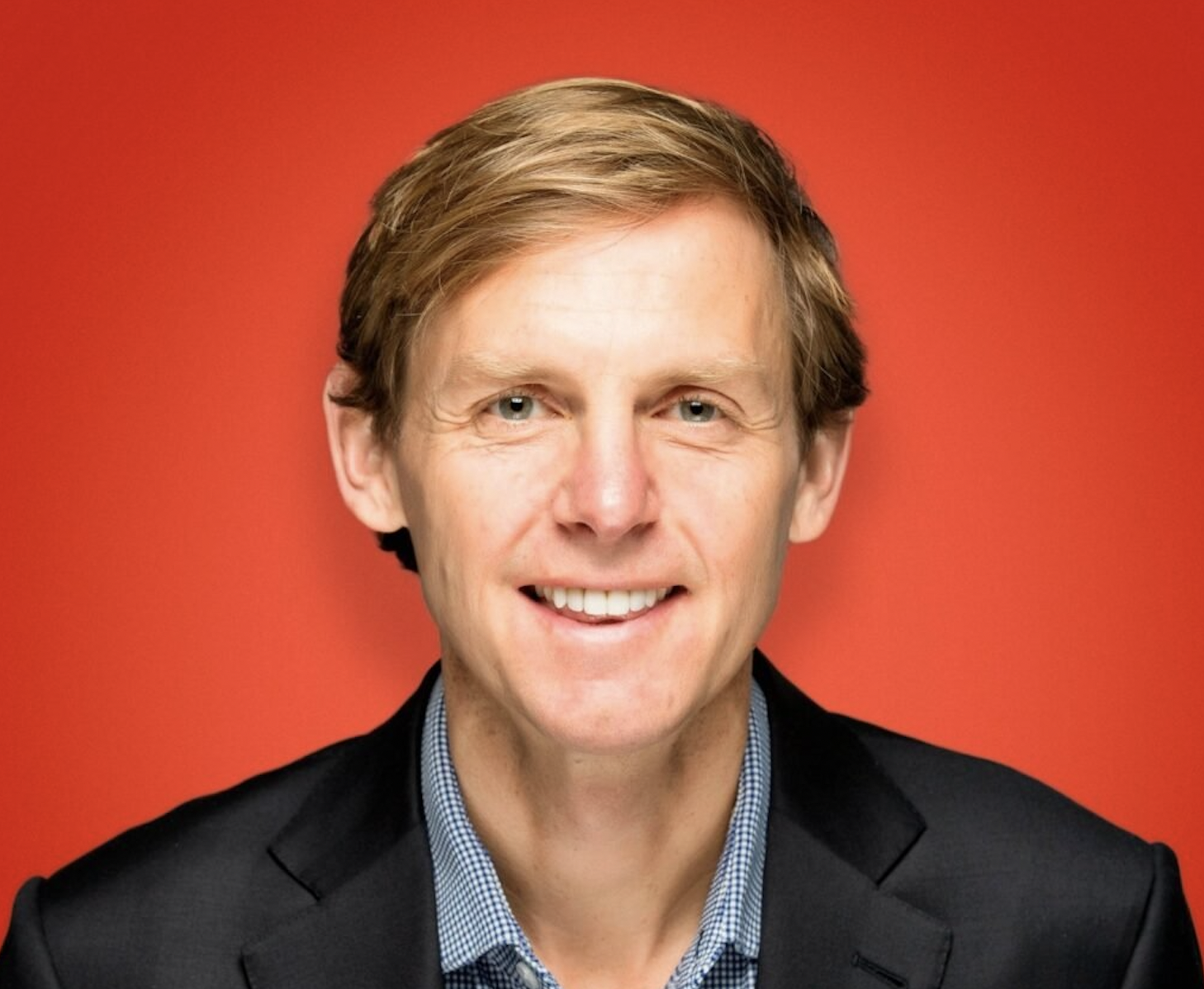
The PEAK Approach: Godard Abel on Building Software Companies That Transform Industries
In our recent conversation, Godard Abel, CEO of G2, shared insights on his entrepreneurial evolution, strategic approaches to company building,…




